
Translation management software platforms provide a centralized system for streamlining the translation process. They allow users to manage translation projects, the use and maintenance of translation memories and terminology databases as well as many other aspects of translation and localization processes.
Translation management software platforms can be a valuable asset for companies that frequently need to translate large amounts of content into multiple languages.
By using a translation management platform, companies can make their translation processes smoother and improve efficiency and quality through quality control and quality assurance features.
In addition, localization management software platforms can help companies save money by reducing the need to outsource translation projects and translation project management to third-party providers.
When choosing a platform of this type, it is important to consider the specific needs of your company and the types of projects you typically undertake. There are several different features that these platforms offer, so it is important to select the one that simply does its job as you require.
Any translation project manager will tell you that using the best translation management system is key to successful localization projects. But with so many different file formats, content management systems, localization tools, and integrations or connectors out there, how do you choose the right one for yourself and your team?
Surely, you want the best translation management system possible to help you with your localization projects. You need a tool that can help you manage all of your localization tasks, team members, and stakeholders speaking different languages.
The leading translation management systems are often cloud-based and provide you with capabilities to manage unlimited projects, different locales offers native language support, enables you to serve global audiences, and publish marketing materials as well as other types of digital assets in different languages. It also has an easy web-based solution that allows you to manage all of your localization tasks in one place
The best translation management software systems make the process of managing translations easy and efficient, whether you're working with human translators machine translation, or language service providers using both of these options.
Multilingual content is becoming increasingly important in the global business landscape, and these tools can help you get your message across in multiple languages.
In addition to managing translations, many of these tools also offer features like machine translation, software localization, and easy integration with different platforms. Whether you're a software developer looking to localize your products for international customers or a global brand wanting to create multilingual content for your mobile applications, there's a translation management solution out there that can meet your needs.
Related content: Creating Localization-Ready Technical Documentation for International Audience
Translation management software systems can be broadly classified into three categories:
Currently, there are many tools on the market that combine all of these functions into big translation and localization powerhouses that enable different types of stakeholders to work on translations under one roof, which considerably shortens the time to market and limits the localization coordination effort to a necessary minimum.
Some of the popular translation management software platforms include memoQ, SDL/RWS Trados Studio (as well as more robust products like SDL/RWS TMS), XTM, Lokalise, Phrase (formerly Memsource), and Smartling.
Some classifications also include Enterprise Translation Software. This type may cover some of the solutions mentioned above. As anywhere else, all these naming conventions exist as pretty liquid when it comes to real-world applications in certain ecosystems.
Enterprise Translation Software platforms are generally more expensive and feature-rich compared to Translation Memory software. They are typically deployed by large organizations with complex translation needs. However, some of the features offered by Enterprise Translation Software, such as translation workflow management and collaborative translation, can also be found in Translation Memory software platforms.
Translation Memory software is usually more affordable and easier to use than Enterprise Translation Software. It is often used by small and medium-sized businesses, as well as freelance translators.
A word of explanation: Translation Memory software works by storing translations in a database, which can then be reused for future projects. This helps to improve translation quality, consistency, and efficiency over time as well as to drive down the localization cost by 25 to 36% on average.
There are many different types of translation management software available on the market, each with its own strengths and weaknesses. Choosing the right system for your needs is essential for ensuring a smooth and efficient translation process. From tools geared towards translation companies like XTRF or Punet to all-in-one powerhouses like Smartling, or systems favouring machine-translation-based processes like CrowdIn, you will surely find a solution that’s right for you.
Related Content: Translation Memory Calculations in Action
There are many benefits of using a translation management software system. Perhaps the most important benefit is that it can help you save time and money on your translation projects.
A good TMS system will automate many of the tasks associated with managing a translation project, from assigning translators to tracking progress and deadlines. This can free up your staff to focus on other tasks, and it can help you avoid costly delays or mistakes.
In addition, a TMS system can help you maintain consistent quality across all of your translations. By providing a central repository for all of your Translation Memories (TM) and glossaries, a TMS can help ensure that your translators have access to the most up-to-date information. This can help to improve the accuracy of your translations and reduce the need for costly rewrites.
Finally, a TMS can help you manage your budget by providing visibility into the costs associated with each translation project. By understanding where your money is being spent, you can make informed decisions about how to allocate your resources.
Related content: 4 Main Aspects of the Localization Process [infographic]
The key features of a translation management software system will vary depending on the specific needs of your business. However, there are some common features that all good TMS systems should offer.
Perhaps the most important feature is support for multiple languages. If you plan to do business in multiple countries, you'll need a TMS that can handle multiple language pairs.
In addition, you'll want a system that offers a centralized repository for all of your translation memories and glossaries. This will help ensure that your translators have access to the most up-to-date information.
Another important feature to look for is project management tools. A good TMS should offer tools to help you assign tasks, track progress, and manage deadlines. Finally, you'll want a system that provides visibility into the costs associated with each translation project. By understanding where your money is being spent, you can make informed decisions about how to allocate your resources.
A good translation management software system can be a powerful tool for streamlining the translation process and ensuring consistency across multiple projects. However, there are a few different types of systems available, each with its own advantages and disadvantages.
Machine translation (MT) systems use algorithms to automatically translate text from one language to another. While MT systems have become increasingly accurate in recent years, they still have difficulty with idiomatic expressions and complex sentence structures. As a result, MT should usually only be used for small projects or as a first pass for larger projects.
Human translation systems rely on translators to manually translate text from one language to another. While this approach is more time-consuming and expensive than MT, it typically produces more accurate results. In addition, human translators can often provide valuable insights into the target market and culture or even errors in the source text.
Computer-assisted translation (CAT) systems provide, in a way, a middle ground between MT and human translation. While CAT systems do require human involvement, they can help to automate repetitive tasks and reduce the overall cost of translation. They can also integrate with machine translation tools to create a hybrid, so-called augmented translation. By the way, augmented translation is what both freelance translators and translation agencies utilize these days to get your job done. Did you know? You probably didn’t, as good language service providers know their trade so you simply won’t be able to tell if a machine has been used and to what extent. Traditional "It’s Google-translated!" doesn’t count. Why? Because we’ve heard it even for really great human translations. As probably everywhere, it all depends on the context, right?
Any business that wants to be competitive in today's global market needs to have a strong translation management strategy. But with so many different software systems on the market, it can be hard to know which one is right for your company.
To help you make the best decision, we've compiled a list of the eight best translation management software systems available today.
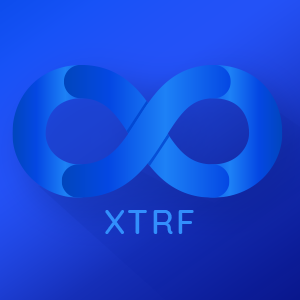
XTRF is a powerful system that offers a great deal of flexibility and customization. It’s mostly used by translation agencies. But it has a wonderful client portal feature that agencies make available for free. And yes, it can be easily implemented and used in localization departments in corporate environments.

A direct competitor of XTRF, Plunet is another top choice, with an intuitive interface and robust features. From project initiation to client tracking and invoicing, it has everything for a translation project to be done according to your specific requirements. As with XTRF, robust workflow and automation features make it stand out from the crowd.

Speaking about the crowd, CrowdIn is a good option for businesses that need to collaborate with translators and machine translation post-editors regularly. It’s a top choice for organizations that seriously utilize machine translation in their localization workflow.
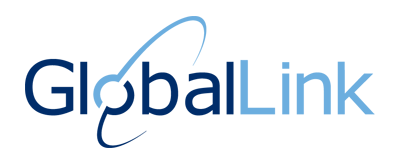
GlobalLink is (trans)perfect (pun intended) for companies with large translation herds that need to manage multiple projects at once. It has great integrations and connectors with many systems, including less obvious ones like Pimcore, for example.
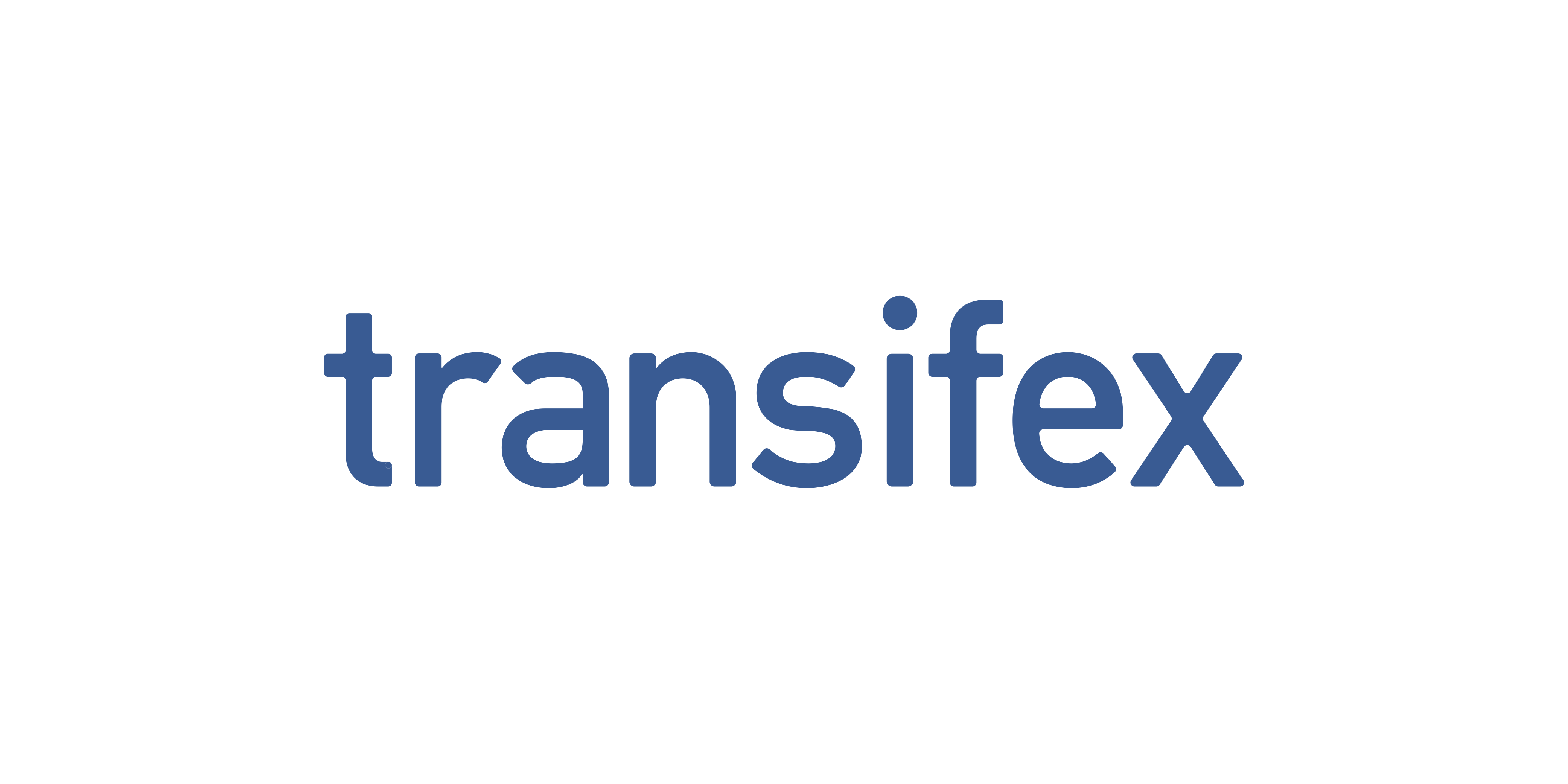
Transifex is a great choice for businesses that need to translate websites or localize apps. A true lifesaver for software localization teams working in continuous localization mode.
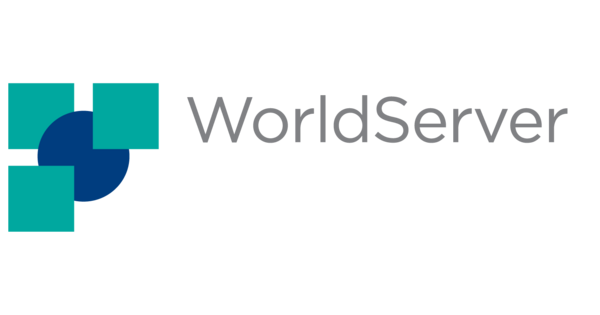
SDL/RWS WorldServer is an excellent system for businesses that need to manage translations across multiple platforms and teams globally. It’s a bit complex and some users claim it can be slow sometimes.
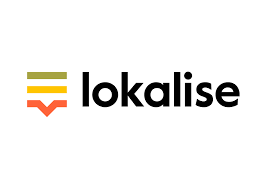
Lokalise is a good option for companies that want to localize software and websites. With a friendly user interface, Translation Memory, Machine Translation, and integrations with multiple platforms like GitLab, GitHub, Ruby on Rails, Hubspot, and more, it’s one of the top localization choices available out there.

And finally, Lilt is a great choice for businesses that need to translate content on a tight deadline. Famous for its adaptive MT capabilities, it has grown to be one of the most liked translation and localization environments for business translation needs.
No matter what your specific needs are, there's a translation management software system out there that's perfect for your business.
Related content: 50+ Translation Integrations That You Should Know About
Depending on the size and scope of your business, you may need different features in a translation management software (TMS) system.
If you have on-site data that needs to be translated, look for a system that can be installed on your company's servers. This will give you more control over your data, but it may require more IT resources to maintain.
Also, some systems, for example, Plunet and XTRF, are available in both SaaS and on-site versions. That’s an important aspect to consider as SaaS gives you more flexibility (with managing seats, for example) but it’s the level of security and the fact that it works on the developer's servers, and not yours, may be an issue for some more security-sensitive clients.
With on-site systems, you need to pay attention to yearly support fees as they raise your total cost of ownership and influence the ROI of your investment. With SaaS, just like with cloud-based systems, these fees are included in your monthly/yearly subscription.
If you're looking for a simpler solution, consider a cloud-based TMS system. These systems are typically easier to set up and use, and they don't require on-site infrastructure. However, they may not offer as much customization or data security as an on-site system.
Ultimately, the best TMS system for your business will depend on your specific needs and requirements. By doing your research and working with a trusted partner, you can find the perfect system to support your global operations.
When choosing a translation management software system for your organization, there are several factors you need to take into account.
The price of the software is obviously an important consideration, but you also need to think about how many licenses you will need and whether you require any additional features such as reporting tools or integrations with other software. It is also important to choose a system that is compatible with the systems you are using and your existing backend, and that has good customer support in case you run into any problems.
By taking all of these factors into account, you can be sure to choose a translation management software system that is right for your organization.
In today's global market, businesses are looking for any advantage they can get to maintain a competitive edge. For many companies, international growth is a key area of focus. However, expanding into new markets comes with its own challenges, chief among them being the need to communicate effectively with customers in multiple languages.
A translation management software system can be a valuable tool in addressing this challenge. Here are some tips for using such a system effectively:
By following these tips, you can maximize the effectiveness of your translation management system and support your company's international growth strategy.
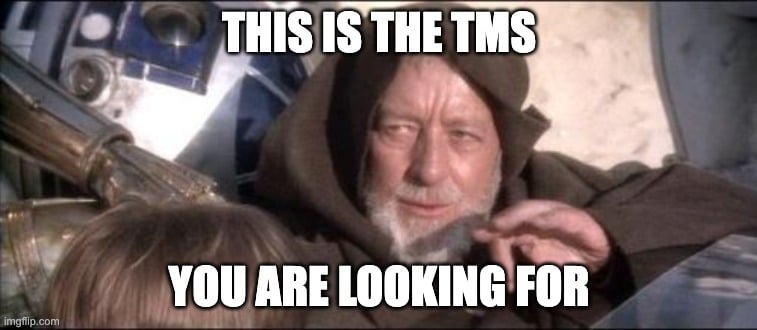
Whether you're looking for a way to streamline your localization process or simply want to make sure your team has the right tools for the job, these translation management software systems are sure to meet your needs. With features like version control, API access, and various tech setup integrations available, they offer everything you need to thrive in multilingual markets worldwide.
Translation management software systems can be a valuable tool for businesses looking to expand their operations into new markets. By choosing a system that is right for your company's specific needs and using it effectively, you can support your international growth strategy and ensure effective communication with customers in multiple languages.
A translation management software system can help you address the challenge of expanding your business into new markets by providing high-quality translations consistently and enabling you and your team to coordinate them effectively so that localization doesn’t slow you down.
To get the most out of such a system, choose one that is flexible and adaptable to your company's exact requirements and make sure it integrates smoothly with your existing tech stack. You should also work with a professional language service provider (LSP) to ensure that high-quality output is regularly produced. Finally, use the tracking features of your translation management software to control progress and improve processes and workflows when necessary.
When choosing a TMS system for your organization, there are many factors to take into account, including price, features, compatibility, and customer support. However, by doing your research and working with a trusted provider, you can find the perfect system to support your international operations.
By following these tips, you can maximize the effectiveness of your translation management system and support your company's international growth strategy.
Recommended articles:
5 Ways That Translation Companies Cause You to Overspend
+1 857 777 5741 ext. 203 (business inquiries)
+1 857 777 5741 ext. 205 (career inquiries)
Trylinskiego 16, 10-683
Olsztyn, Poland
Copyright ATL 2025. All Rights Reserved.